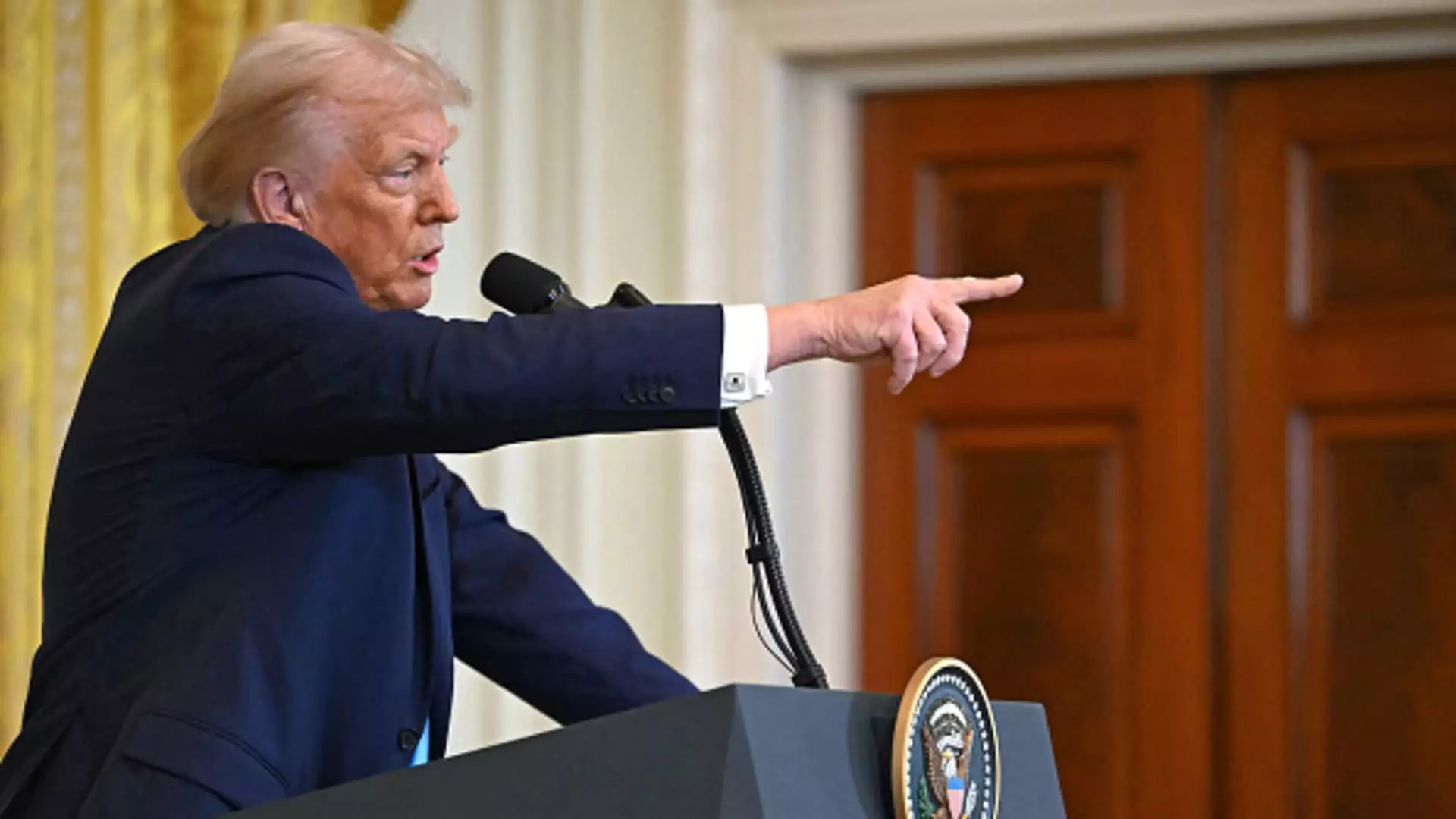The “carried interest loophole” has long been a topic of heated debate in the realm of tax policy, especially as it relates to the compensation structures of private equity, venture capital, and hedge-fund managers. Essentially, this loophole allows general partners in these investment funds to enjoy lower tax rates on a substantial portion of their earnings, known as carried interest, which is taxed at long-term capital gains rates rather than the higher ordinary income rates that apply to wages. In practice, this means that those in the highest income brackets pay approximately 23.8% on their carried interest, a stark contrast to the 37% they would face on ordinary income. Critics argue that this discrepancy is unjust, suggesting that such earnings should be taxed in the same manner as wages.
On the political front, former President Donald Trump has made this loophole part of his tax reform agenda. Meeting with Republican lawmakers, Trump sought to emphasize the need for eliminating this advantageous tax treatment for high-earning investment managers. Despite the bipartisan agreement regarding the problematic nature of the loophole, industry lobbyists have consistently pushed back against efforts to reform it. Organizations like the American Investment Council, representing private equity interests, argue that maintaining the loophole is vital for job creation and community support. Their concerns highlight a fundamental tension between broader tax reform goals and the interests of powerful financial sectors.
Historically, efforts to close the carried interest loophole have gained momentum but often faltered when faced with significant lobbying pressures. Although Trump initially aimed to end this tax break during his first term, the Tax Cuts and Jobs Act of 2017 resulted in only minor adjustments—extending the holding period required for long-term capital gains treatment from one year to three. Subsequent attempts to increase this minimum holding period to five years were abandoned due to pushback among industry stakeholders. According to Steve Rosenthal, a tax expert, while there is a broad consensus on the need for reform, it appears that private equity executives are adamantly resistant to any changes.
The debate over the carried interest loophole takes place against a backdrop of broader discussions about government spending and budget priorities among Republicans. Many within the party are eager for innovative ways to offset tax cuts without widening the fiscal deficit. However, experts like Garrett Watson from the Tax Foundation assert that the revenue generated from eliminating the carried interest tax advantage would only constitute a small fraction of the funds necessary for addressing expiring tax breaks and executing new legislative initiatives. This reality raises important questions about the feasibility of tax reform that genuinely addresses income inequality while still accommodating the interests of powerful financial players.
Ultimately, the carried interest loophole represents a particularly complex intersection of public policy, economics, and political struggle. While there exists a general desire among legislators to address this inequity, actual reforms remain elusive due to strong industry resistance and the intricate web of financial interests involved. As discussions surrounding tax policy continue, the challenge remains to visualize a tax system that is both fair and conducive to economic growth without disproportionately benefitting a select few at the top of the income ladder.

